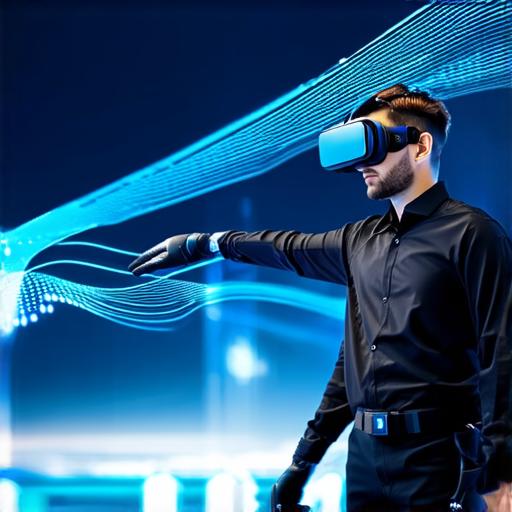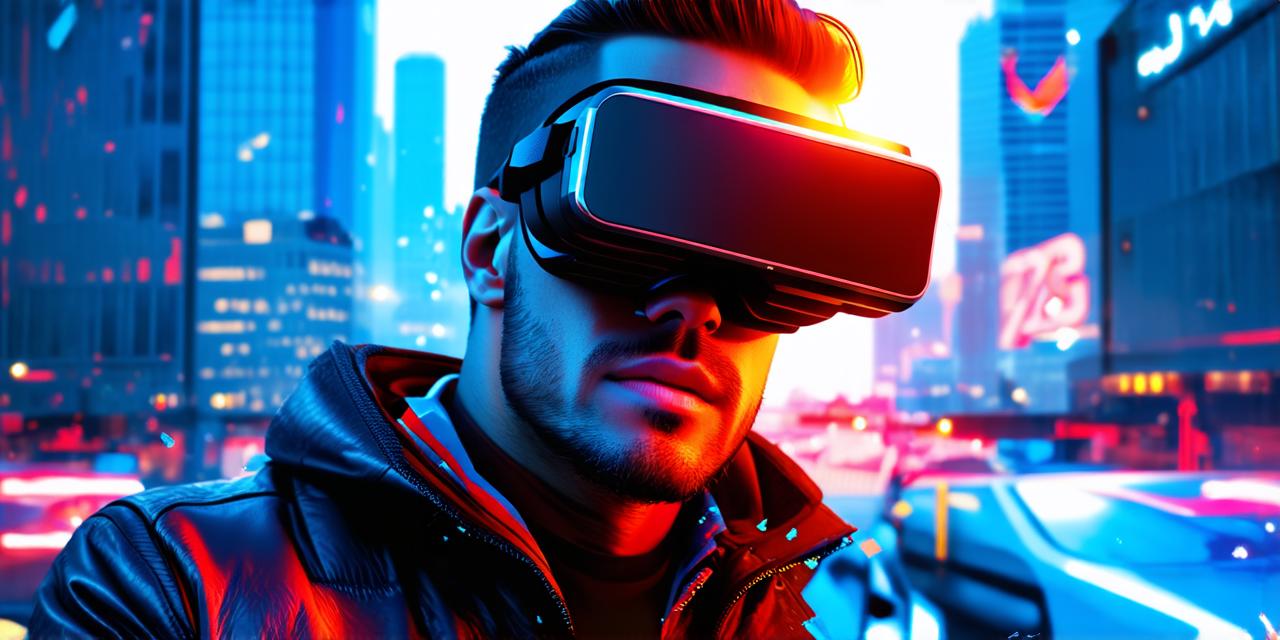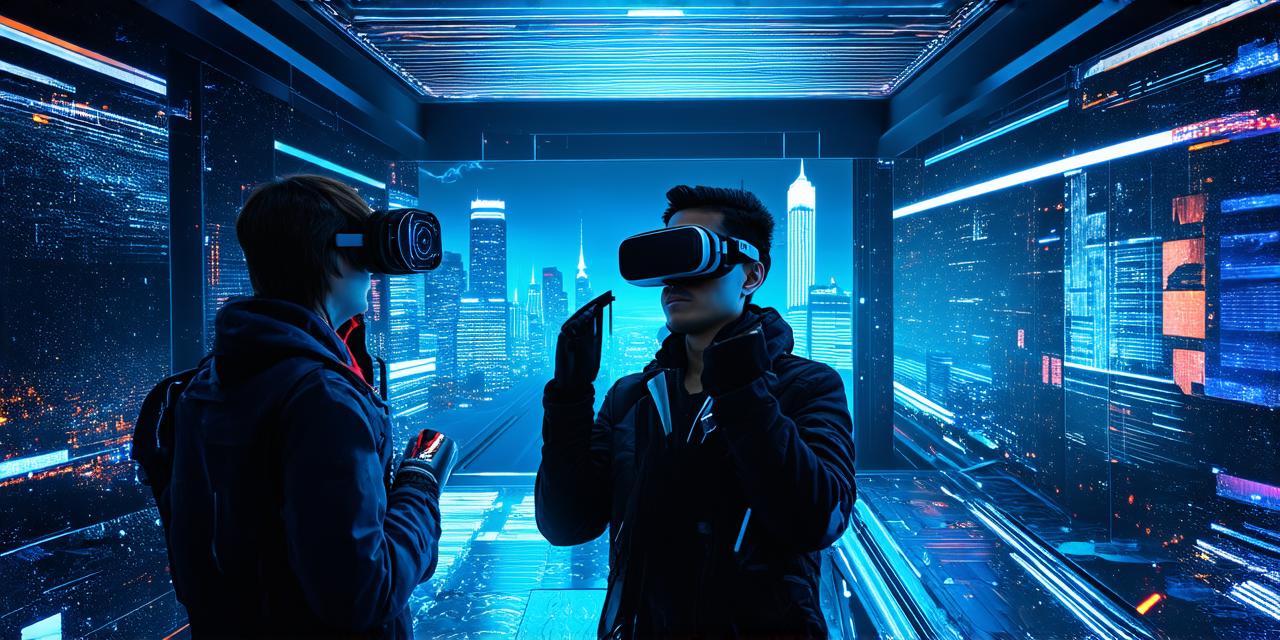Virtual reality (VR) is a technology that simulates a three-dimensional environment in which a person can interact with objects and other people as if they were real.
The idea of creating a fully immersive digital experience has been around for decades, but the practical application of VR has only become widely available in recent years.
One of the major challenges in achieving VR is creating a truly realistic environment that can accurately simulate the world around us. This requires advances in computer graphics, motion capture technology, and other fields.
In addition, there are still many technical hurdles to overcome before VR can be used in everyday life, such as improving the comfort and safety of headsets, making them more affordable, and reducing motion sickness.
Despite these challenges, significant progress has been made in recent years. Advances in computer graphics technology have made it possible to create highly detailed environments that are almost indistinguishable from reality.
Motion capture technology has improved to the point where it can accurately track a person’s movements and translate them into a virtual environment.

And advances in wireless technology have made it possible to use VR headsets without the need for cables, which can be cumbersome and restrict movement.
There are also many exciting applications of VR that are already being developed, such as training simulations for doctors and soldiers, immersive gaming experiences, and virtual tours of museums and other cultural institutions. These applications demonstrate the potential of VR to transform the way we interact with technology and with each other.
In conclusion, while there are still many challenges to overcome before virtual reality can be used in everyday life, significant progress has been made in recent years. The continued development of new technologies and applications will undoubtedly bring us closer to achieving a fully immersive digital experience.



